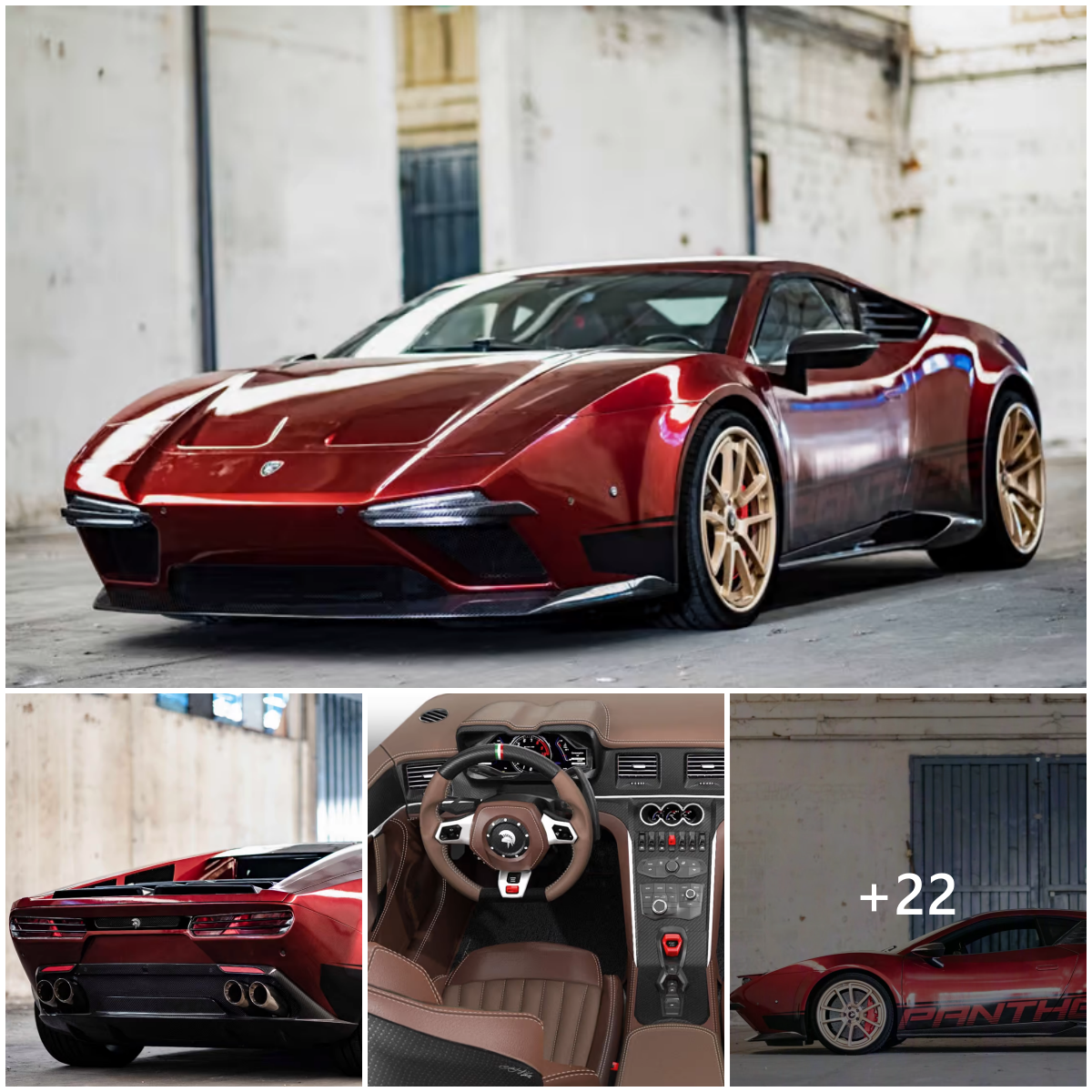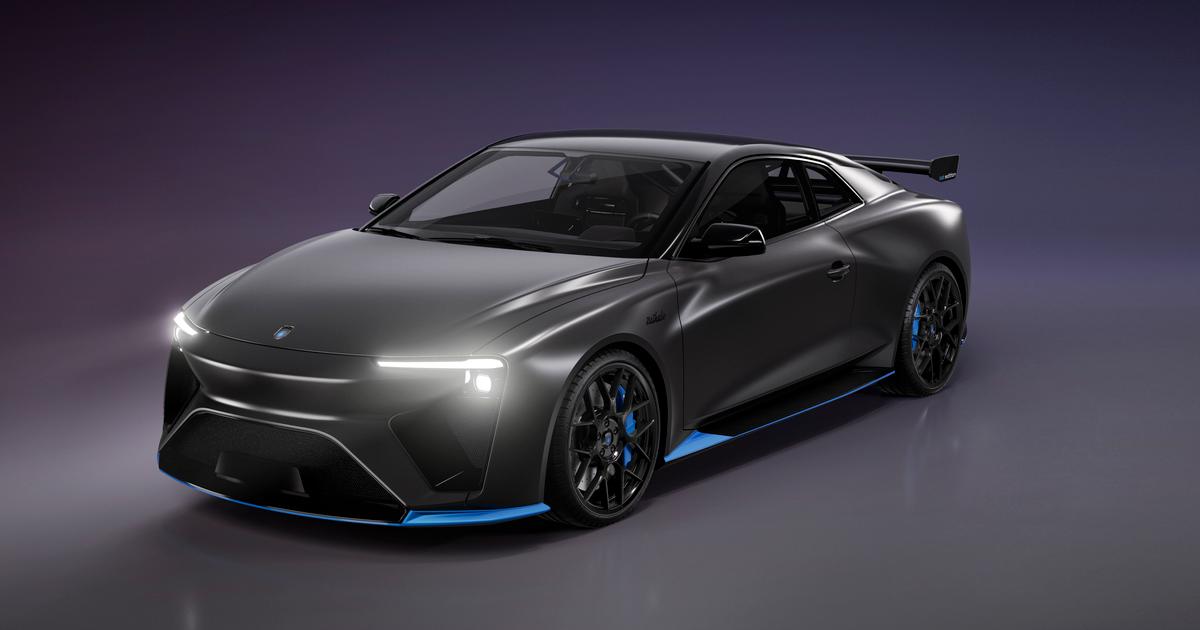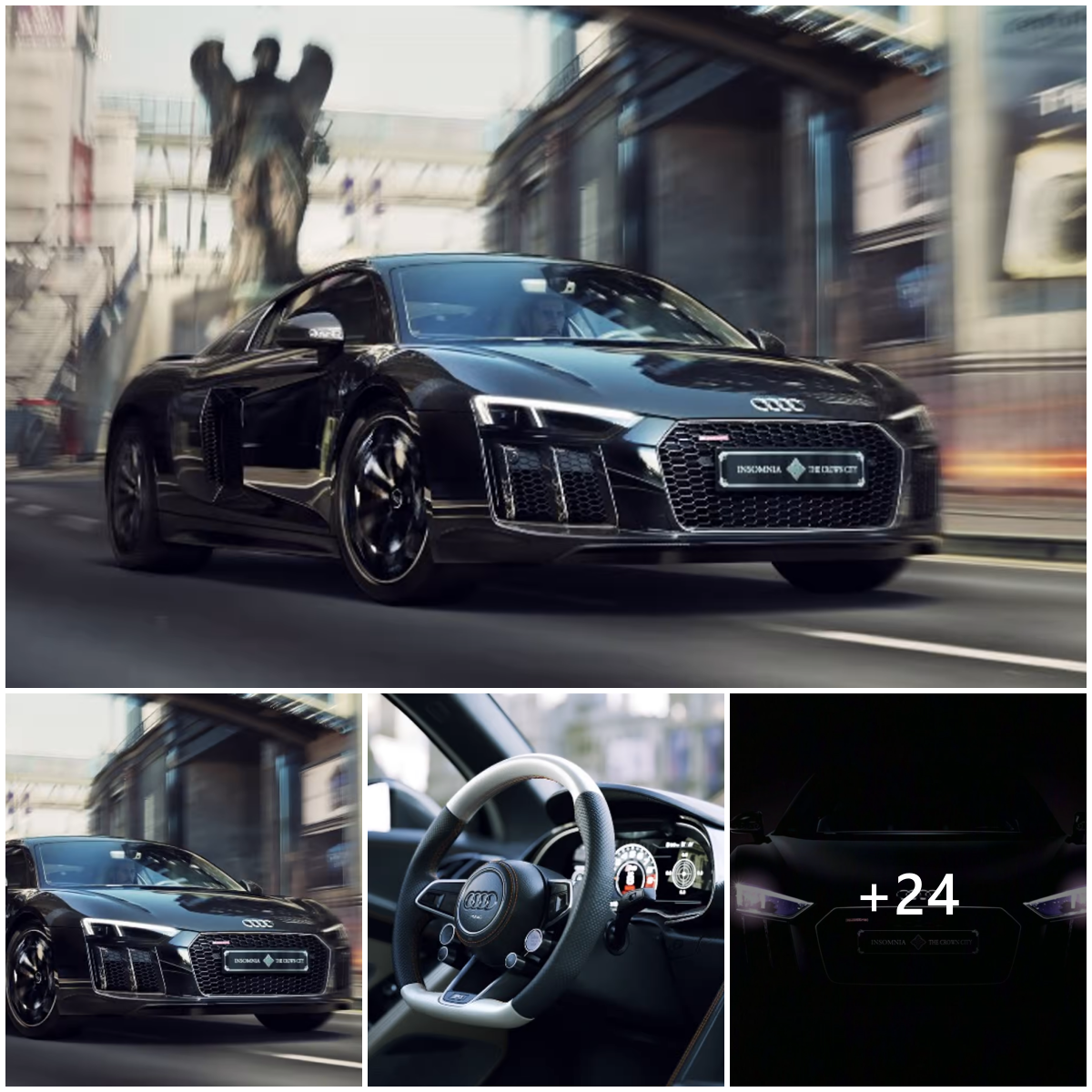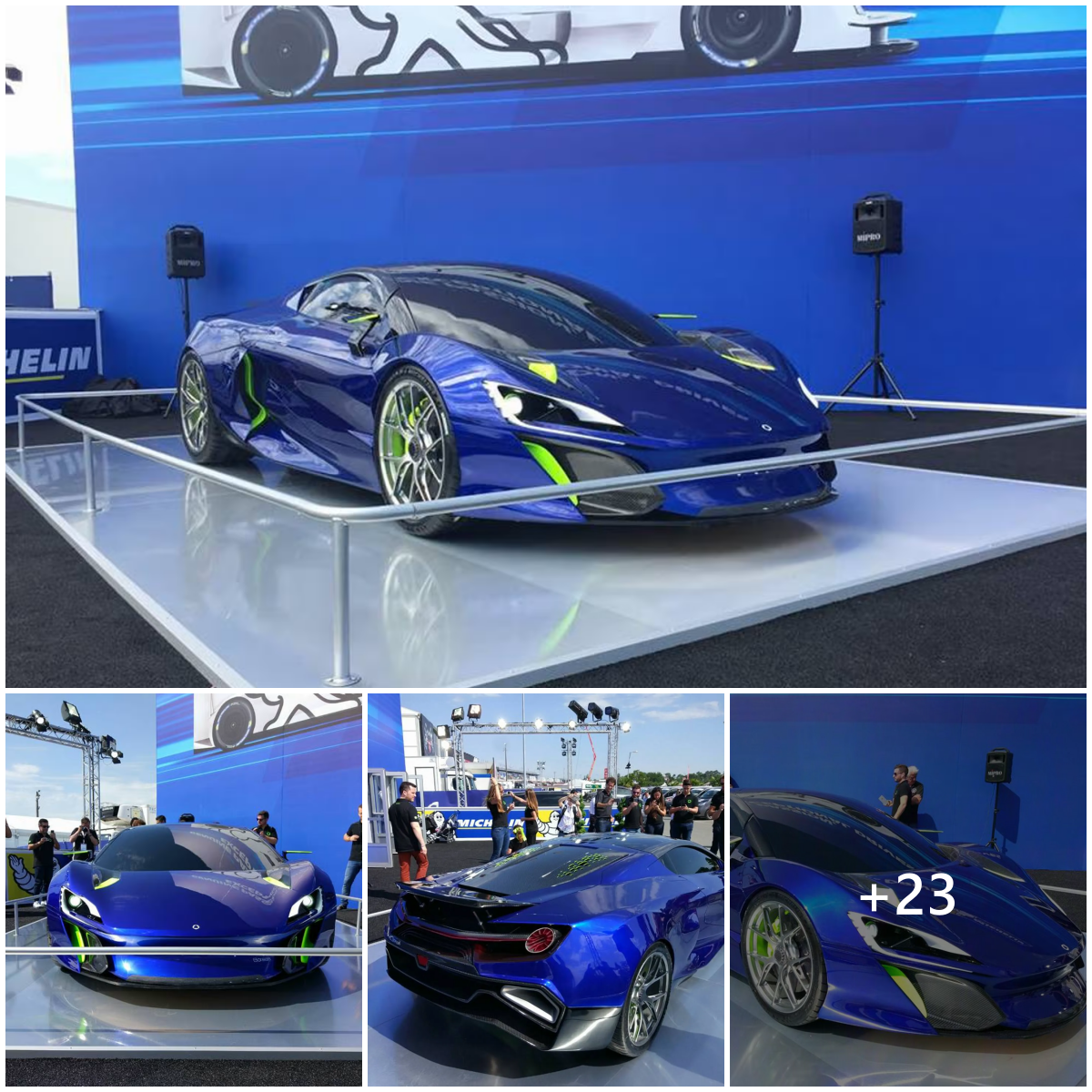Looking at the sharp edges and wedges of modern Lamborghini design, it’s easy to forget that the Raging Bull once employed pure, natural curves not intersected by razor-straight lines or crisply angled polygons. But ensuring that past Lamborghini greatness is not forgotten is why Polo Storico came to be in 2015. Lamborghini’s restoration arm recently put its masterful expertise to work on the Miura SVR, and the results are as stunning as they were when the one-of-a-kind Miura was first created.
Many people consider the Lamborghini Miura the world’s first supercar, but certain models were more “super” than others. The one-of-a-kind, race-inspired Jota enjoyed the crème de la crème position, and while that car is no more, it did lead to the creation of a handful of hardcore customer Miuras, the SVR surviving as the most exclusive of that very select group. Between 1966 and 1972, Lamborghini built a total of 763 Miuras. Only one of them became an SVR.
It all started when Lamborghini test driver Bob Wallace decided to build a Miura race car in the early 70s. He developed the Jota around FIA Appendix J specifications, but the car never had any actual racing in its future – Raging Bull founder Ferruccio Lamborghini had no interest in that. So Wallace pursued the Miura race car on his own, albeit with some big help from Lamborghini’s tools.
With the updates of the Miura SV at his disposal, Wallace undertook a thorough reworking, dropping loads of weight with modifications like lightened bodywork, plexiglass windows, fixed headlights and a stripped interior. He better distributed the weight that remained and improved the aerodynamics. Last but far from least, he pulled some 440 hp out of the Miura’s V12 engine.
It was a track-ready masterpiece, but with no competition in its future, the Jota was sold off and sadly crashed beyond repair not long thereafter. Since the short-lived car was an unofficial, specially developed one-off racer that was never destined to race, it wasn’t exactly something that Lamborghini was going to replace.
All was not lost, though, as growing demand convinced Lamborghini to build a handful of Miuras to a specification closer to that of the Jota. Most of these were the Miura SVJ (SV Jota), but a single model based on chassis #3781 became the SVR (SV Racing).
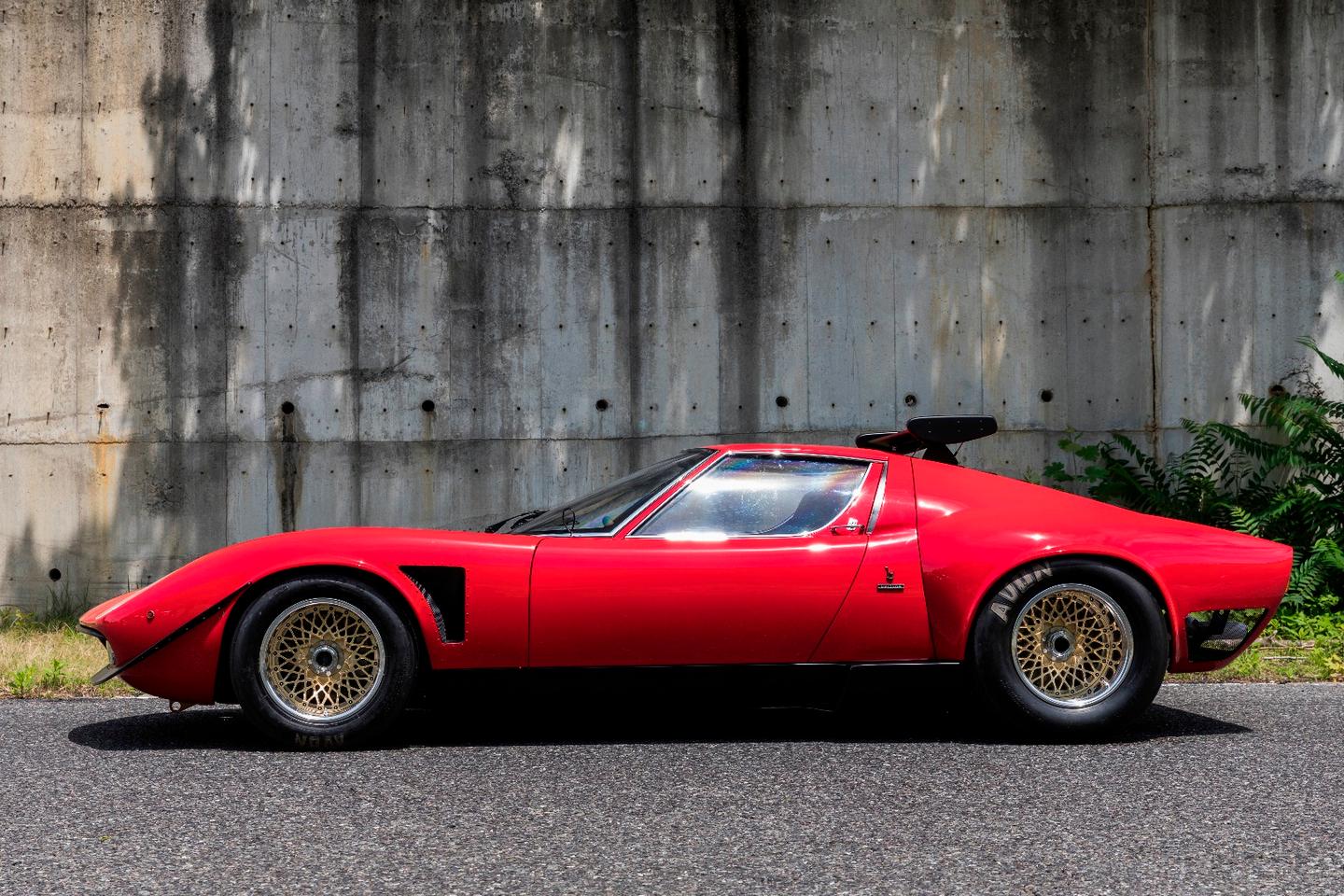
That’s the model that Polo Storico presents today, in bright red, fully restored glory. According to Lamborghini, the SVR, chassis #3781/engine #2511/body #383, started life as a Miura S a couple years before the Jota was even created. It was a show car at the 50th Turin Motor Show and made its way to Turin’s Lamborauto dealership in 1968. The car leapt quickly from owner to owner, working its way to a ninth owner in 1974.
It was this ninth owner, Heinz Straber, who brought the car back to the factory and had it reworked into the gorgeous, assertive Miura SVR, a process that took around 18 months. After the conversion, the car was sold to Hiromitsu Ito and brought to Japan, where it inspired the comic book “Circuit Wolf” and gained additional fame as a coveted 1:18 scale car from model car company Kyosho.
Fast forward to the recent past, when the current owner sent the car back to Sant’Agata Bolognese once again, this time for a full restoration. Polo Storico spent 19 months restoring it, and it was not an easy task, even for Lamborghini’s own in-house restoration service.
“The original production sheet wasn’t of much help, as we relied mostly on the specifications from the 1974 modifications,” explains Polo Storico director Paolo Gabrielli. “The car arrived in Sant’Agata in pieces, although the parts were all there, and with considerable modifications.”

But Polo Storico persevered and sent an absolute masterpiece rolling out of its shop. It says that the only variations from the original spec sheet are the four-point safety belts, more supportive seats and a removable roll bar, all customer requests meant to improve safety on the racetrack.
Lamborghini held a delivery ceremony at Japan’s Nakayama Circuit, and we can only assume the customer was positively elated to take possession of the gorgeous one-off. If not, we’re sure a few folks might be willing to bid for the chance to take it off his hands.
Source: Lamborghini
Looking at the sharp edges and wedges of modern Lamborghini design, it’s easy to forget that the Raging Bull once employed pure, natural curves not intersected by razor-straight lines or crisply angled polygons. But ensuring that past Lamborghini greatness is not forgotten is why Polo Storico came to be in 2015. Lamborghini’s restoration arm recently put its masterful expertise to work on the Miura SVR, and the results are as stunning as they were when the one-of-a-kind Miura was first created.
Many people consider the Lamborghini Miura the world’s first supercar, but certain models were more “super” than others. The one-of-a-kind, race-inspired Jota enjoyed the crème de la crème position, and while that car is no more, it did lead to the creation of a handful of hardcore customer Miuras, the SVR surviving as the most exclusive of that very select group. Between 1966 and 1972, Lamborghini built a total of 763 Miuras. Only one of them became an SVR.
It all started when Lamborghini test driver Bob Wallace decided to build a Miura race car in the early 70s. He developed the Jota around FIA Appendix J specifications, but the car never had any actual racing in its future – Raging Bull founder Ferruccio Lamborghini had no interest in that. So Wallace pursued the Miura race car on his own, albeit with some big help from Lamborghini’s tools.
With the updates of the Miura SV at his disposal, Wallace undertook a thorough reworking, dropping loads of weight with modifications like lightened bodywork, plexiglass windows, fixed headlights and a stripped interior. He better distributed the weight that remained and improved the aerodynamics. Last but far from least, he pulled some 440 hp out of the Miura’s V12 engine.
It was a track-ready masterpiece, but with no competition in its future, the Jota was sold off and sadly crashed beyond repair not long thereafter. Since the short-lived car was an unofficial, specially developed one-off racer that was never destined to race, it wasn’t exactly something that Lamborghini was going to replace.
All was not lost, though, as growing demand convinced Lamborghini to build a handful of Miuras to a specification closer to that of the Jota. Most of these were the Miura SVJ (SV Jota), but a single model based on chassis #3781 became the SVR (SV Racing).

That’s the model that Polo Storico presents today, in bright red, fully restored glory. According to Lamborghini, the SVR, chassis #3781/engine #2511/body #383, started life as a Miura S a couple years before the Jota was even created. It was a show car at the 50th Turin Motor Show and made its way to Turin’s Lamborauto dealership in 1968. The car leapt quickly from owner to owner, working its way to a ninth owner in 1974.
It was this ninth owner, Heinz Straber, who brought the car back to the factory and had it reworked into the gorgeous, assertive Miura SVR, a process that took around 18 months. After the conversion, the car was sold to Hiromitsu Ito and brought to Japan, where it inspired the comic book “Circuit Wolf” and gained additional fame as a coveted 1:18 scale car from model car company Kyosho.
Fast forward to the recent past, when the current owner sent the car back to Sant’Agata Bolognese once again, this time for a full restoration. Polo Storico spent 19 months restoring it, and it was not an easy task, even for Lamborghini’s own in-house restoration service.
“The original production sheet wasn’t of much help, as we relied mostly on the specifications from the 1974 modifications,” explains Polo Storico director Paolo Gabrielli. “The car arrived in Sant’Agata in pieces, although the parts were all there, and with considerable modifications.”

But Polo Storico persevered and sent an absolute masterpiece rolling out of its shop. It says that the only variations from the original spec sheet are the four-point safety belts, more supportive seats and a removable roll bar, all customer requests meant to improve safety on the racetrack.
Lamborghini held a delivery ceremony at Japan’s Nakayama Circuit, and we can only assume the customer was positively elated to take possession of the gorgeous one-off. If not, we’re sure a few folks might be willing to bid for the chance to take it off his hands.
Source: Lamborghini

